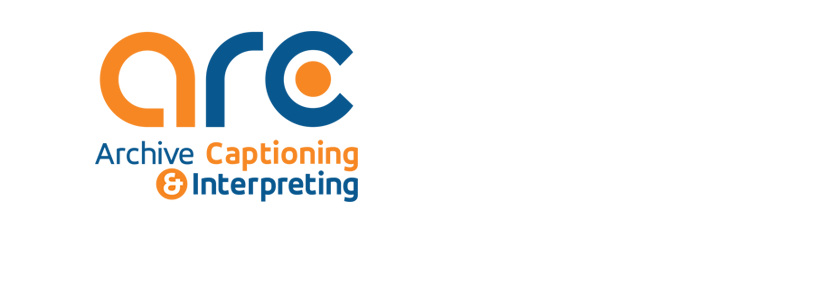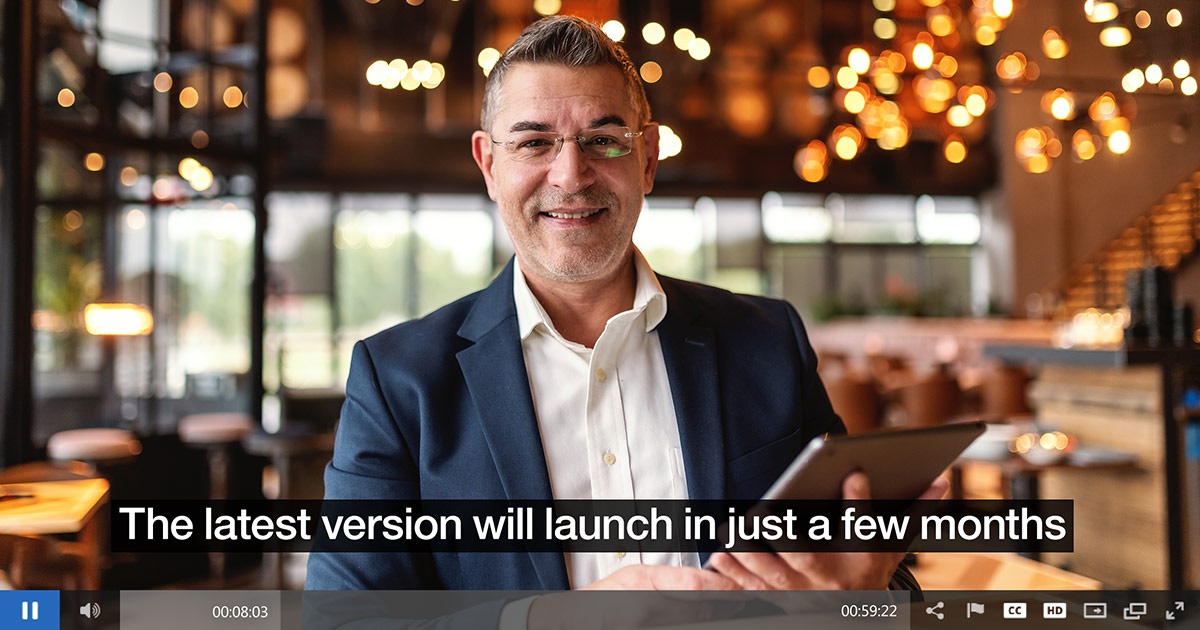I’ve had a couple of questions recently from clients interested in live streaming on the difference between 608 and 708 captions. I thought I would take a minute and do a blog post on the topic.
There are currently two standards for captions. 608 captions are the standard for the original analog television. 708 captions are the new digital standard for captions. Modern digital standards still allow the use of 608 captions on digital broadcasts but 708 captions cannot be used on an analog broadcast.
608 Captions
608 captions, otherwise referred to as line 21 captions as this is where they appear in the analog broadcast signal, are recognizable by their classic closed captioning appearance: a black box with white text at the bottom of the screen. 608 captions support English and one other language, usually Spanish.
There are several limitations to 608 captions which make them non-compliant with current FCC guidelines for accessibility. First, if you’ve watched a sporting event with the captions turned on and the captions have blocked the graphics at the bottom of the screen, you’ve seen one of the major limitations. 608 captions are fixed as to where they appear on the screen. Because they block what might be important information on the screen, they are technically not compliant with current FCC or WCAG 2.0 guidelines.
Another drawback to 608 captions is that the appearance of the captions cannot be changed. The black box with white lettering is all that is available. This creates potential issues for viewers with visual impairments as well as those looking for more aesthetically pleasing captions.
708 Captions
708 captions are the new digital standard for captions. Not only do 708 captions allow the captions to be placed almost anywhere on the screen so that important information is not blocked by the text, there are many available options for fonts, font size, text color and background color as well as options for background opacity.
In addition, 708 captions have the ability to accommodate multiple character sets, including those for non-English characters so captions can be provided in any language. 708 captions also allow multiple language tracks to be incorporated into a single program.
So which is better?
Short answer is, it depends. 608 captions may be old-school, but they’re still very relevant for digital video today because of their flexibility and ability to conform to modern specs; 608 data can be used as a substitute for 708 data, but 708 data cannot be used in analog systems that are only set up to receive 608.
For live streams, many popular media platforms do not currently support 708 captions including Facebook, YouTube and Vimeo. Again, they will all accept 608 and 708 captions but the display will be 608 captions. Ustream/IBM and Dacast are two CDN’s that will accommodate 708 captions. I am sure there are others.
Archive Captioning can embed 608 and 708 captions directly into your video file or live stream for compatibility with all of the most popular formats and CDN’s. Archive’s technical team can help you decide the best format for your application.





